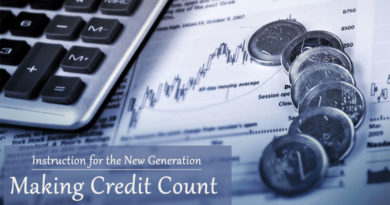How Credit Card Payments Work
Though it looks pretty straightforward at first glance, there’s more to paying a credit card bill than meets the eye. Now, with that said, there is also a very simple way of dealing with them.
If you can always pay the full statement balance on or before the due date, you should definitely do so. In that instance, none of what follows here will be of relevance to you.

However, if you can’t afford this strategy, it’s useful to understand how credit card payments work, so you can apply them to your best advantage.
Balance Types Matter
Payments also become much simpler If you only use your credit cards to finance purchases. On the other hand, if you’ve also conducted a balance transfer or a cash advance, the way your payments are handled will entail different approaches—as well as different interest rates.
Purchases typically carry the lowest interest rate, while cash advances usually have significantly higher rates attached. Transfers can vary from zero percent to as much as 20 or 25 percent when their grace periods end.
While it would be nice if card issuers allowed you to dictate how your payments are apportioned among these different types of balances, they don’t.
How Payments Are Allocated
Regardless of how much the ads make card companies sound like they’re all about making your life convenient, they are in business to make money. Thus, they’ll apply your payments in ways that extend the duration of your indebtedness.
The farther they can string you along, the more profit they’ll make.
With this in mind, your remittances are generally divided into minimum payments and excess payments. Minimum payments can be applied at the issuer’s whim, so they apply them to the lowest interest transactions first. However, anything you pay above the minimum (the excess payment) is required by law to be applied to the balance(s) with the highest interest rate.
Minimum Payments Should Be Avoided
Given the goal of card issuers is to keep you in debt if possible, minimum payments are set artificially low. Further, since the issuer can apply payments however it sees fit, most of that minimum payment is applied to interest. This keeps the principal owed longer, enabling it to accrue more interest—upon which additional interest can then be charged.
By the way, if you find yourself in a situation in which you can only afford to make the minimum payment on your credit card debt, you’re either in trouble or you’re about to be. A consultation with a company like Freedom Debt Relief can help you regain control.
Controlling the Situation
The best way to regulate the application of your payments is to assign different tasks to different cards. If you know you need to get a cash advance, get a card specifically for that purpose (although there are a number of better ways to get cash).
Ditto on balance transfers. If you qualify, get a zero-interest transfer card, move your existing debt to it and use the freed-up card for purchases—which you pay off each month before interest can accrue—while you pay down the other one.
The idea is to specialize the usage of your cards so you can control how their payments are allocated. If you have a specific card for a specific purpose, the payments you make on that card will also serve that purpose.
Finally, always pay as much of your credit card bills each month as you can afford to pay. This lowers your balances more quickly, which minimizes the interest you’ll be charged. It also makes it more difficult for the lender to allocate your payments in ways that are detrimental to your long-term financial wellbeing.
Speaking of which, gaining an understanding of how credit card payments work is a strong step in the right direction.



